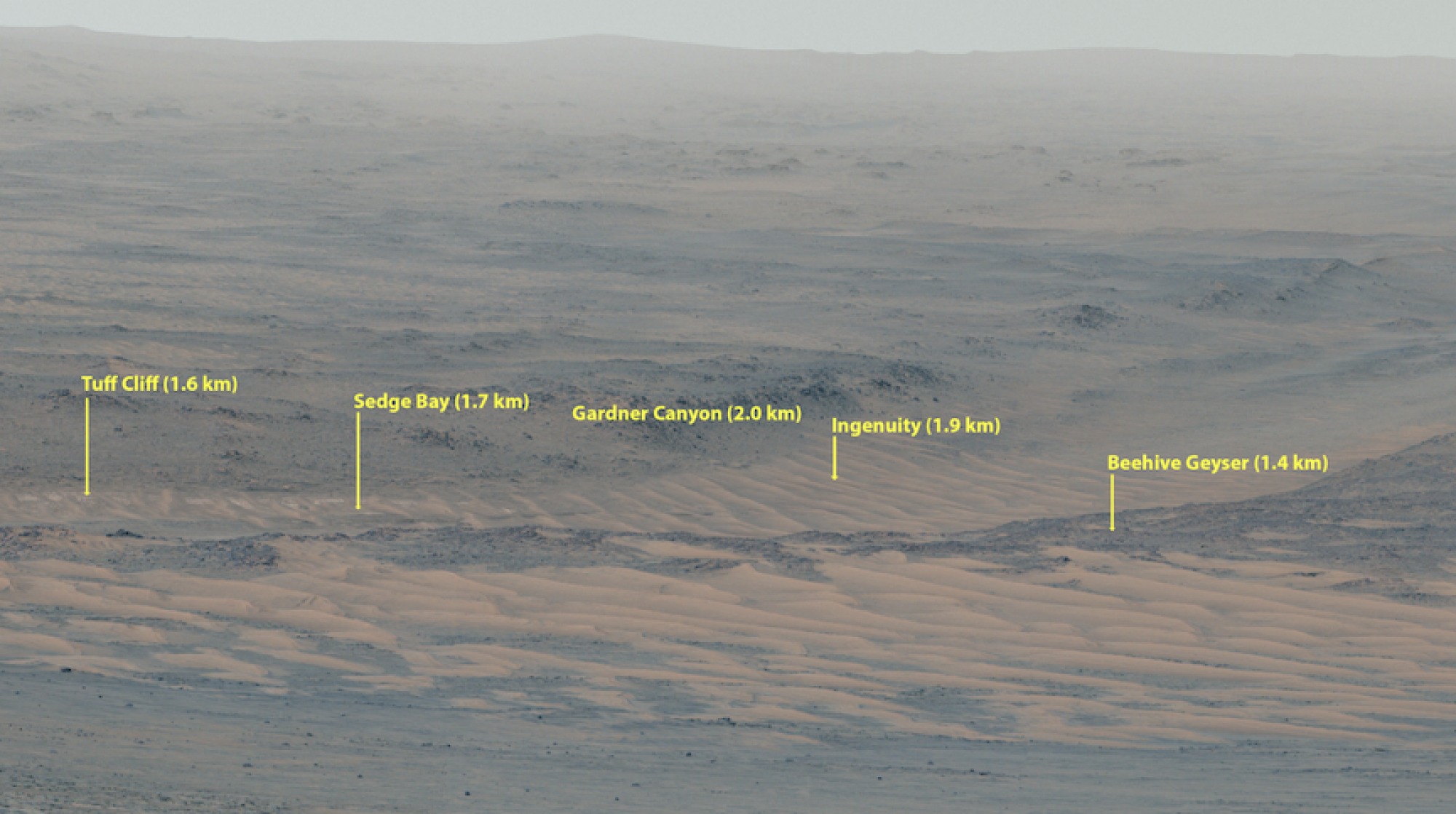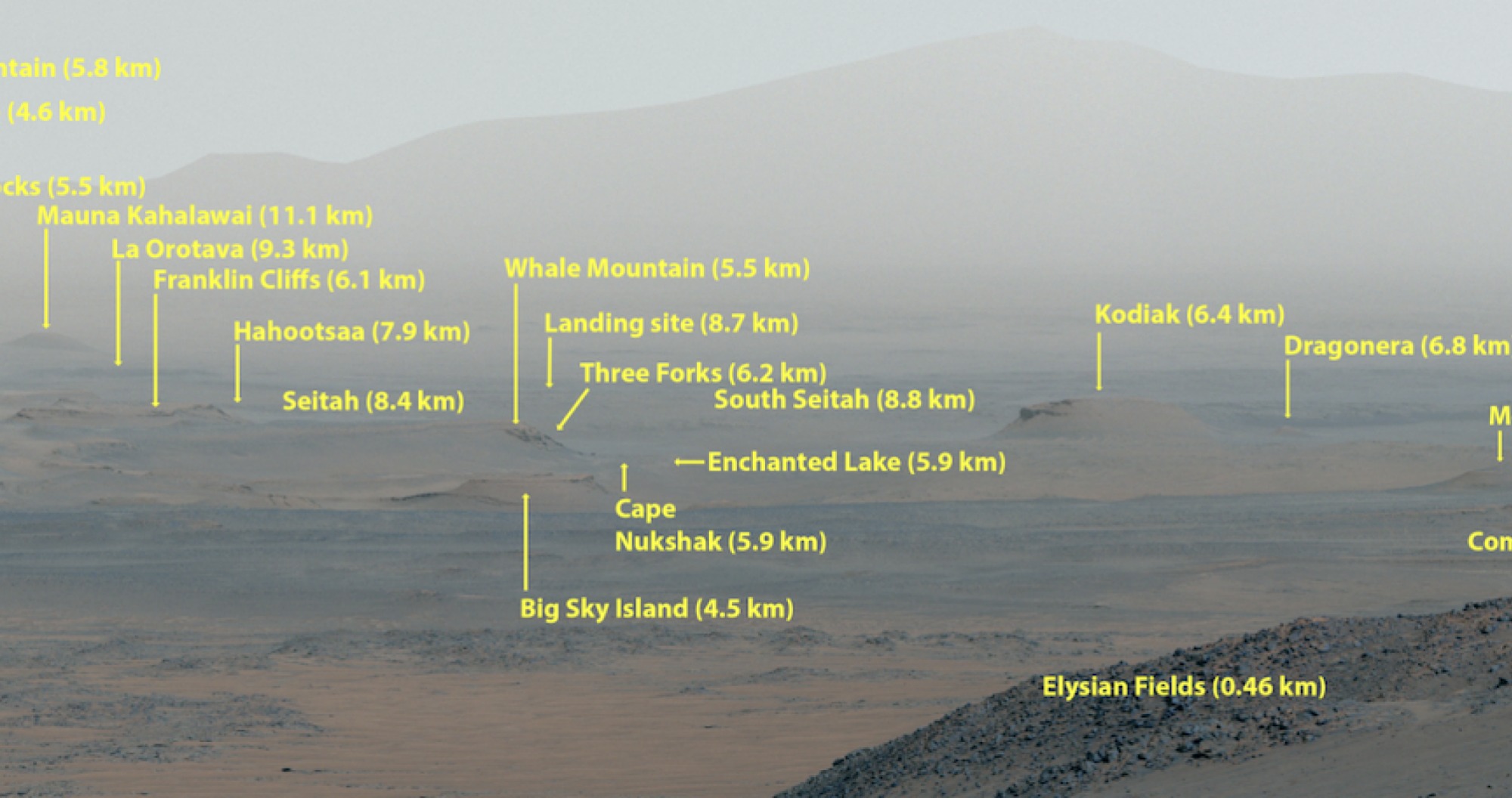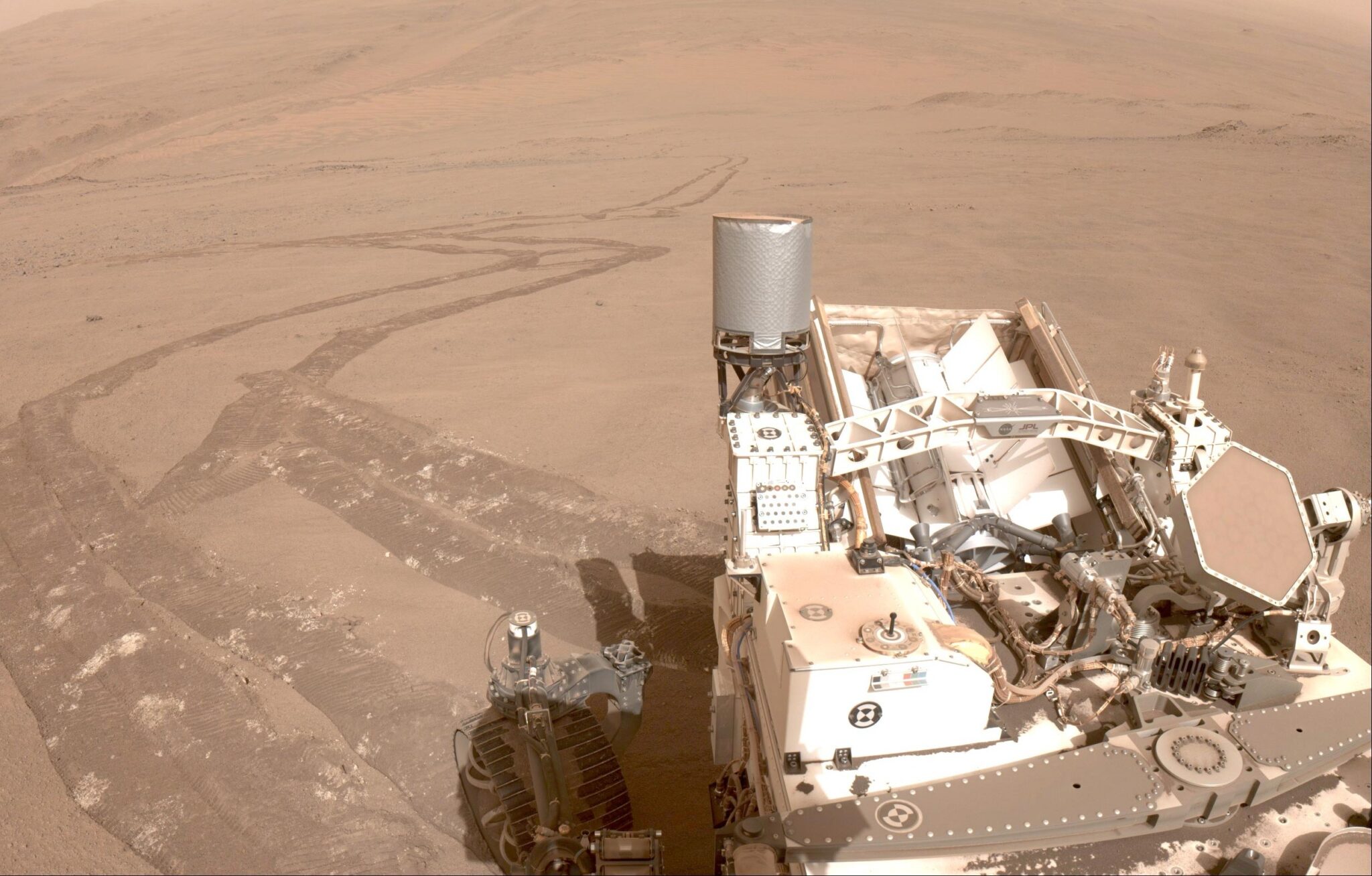NASA’s Perseverance Mars rover, about the size of a car, is taking a challenging journey on the Red Planet. It is now climbing the wall of Jezero Crater, where water once flowed. The goal of its mission is to reach the edge of the crater and study scientifically important sites on Witch Hazel Hill to gain additional data on the possible existence of life on the Red Planet.

During the dangerous ascent, the rover took a picture of the inside of the crater and its wheel tracks, showing the challenging terrain. The 44-photo panoramic image, taken on September 27 on the mission’s 1,282nd Martian day, covers key landmarks of the 3.5-year journey. They include the landing site, the first sedimentary rocks, the first sample depot on Mars, and the Ingenuity helicopter flight zones.

According to Deputy Project Manager Rick Welch, the image shows both past achievements and the challenging road ahead. On the right side of the panorama, a 20-degree slope is visible, making the climb even more complex. Although Perseverance has climbed similar slopes before, this time, it encounters a slippery surface that makes it difficult to advance. Because of the difficult terrain, the rover traveled only half the distance it normally would have traveled on a less slippery surface.

On October 3, the team sent Perseverance to test slip reduction strategies. The rover tried going in reverse and across the slope, which increased stability. Research has shown that traveling along the northern edge of the trail, where there are more rocks, can help keep traction better.

In a few weeks Perseverance will reach the peak, which has been named “Lookout Hill,” after which it will move toward Witch Hazel Hill. Orbital data indicate the presence of light layered rocks, and the team expects to find interesting samples to compare with the Bright Angel site where the Cheyava Falls sample was collected.
After the rover completes its climb, it will explore more locations that may hold clues about past climate and habitability on Mars. The next Martian missions will also search the planet’s interior for signs of life: Life may have been in full swing, or even now exists in subterranean zones protected from the extreme radiation and cold of the planet.
Previously, we showed what a solar eclipse looked like on Mars.
Provided by scitechdaily.com


